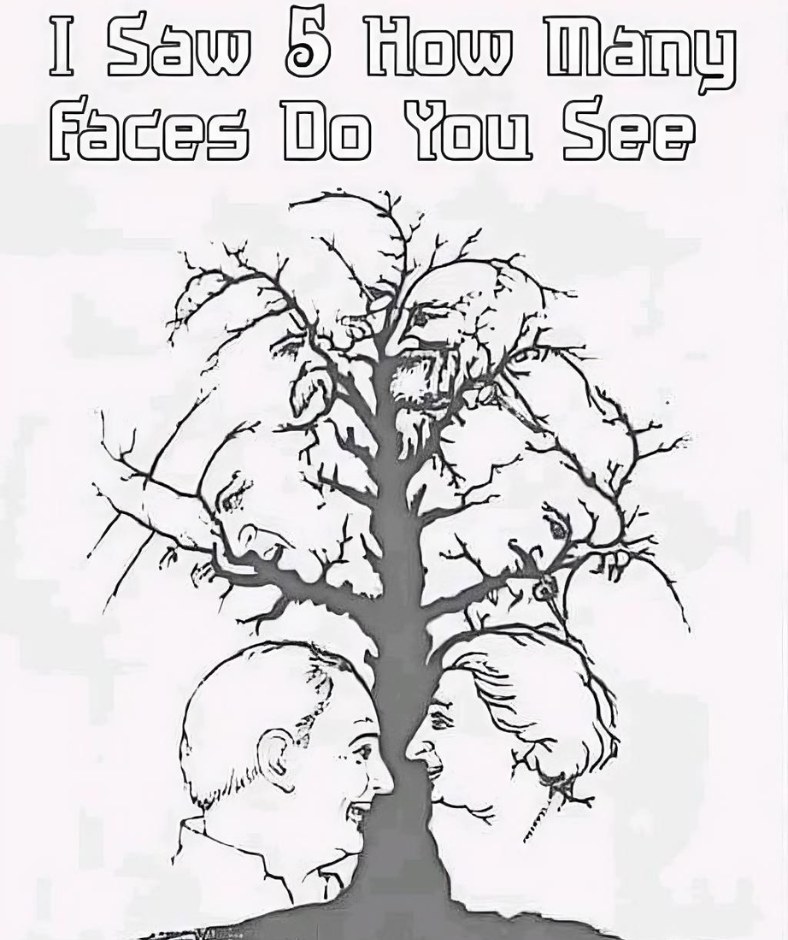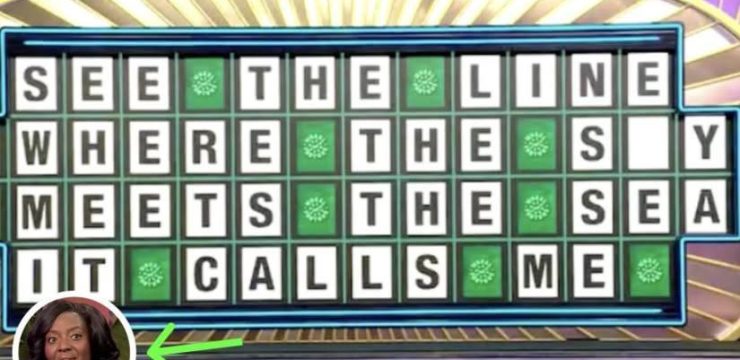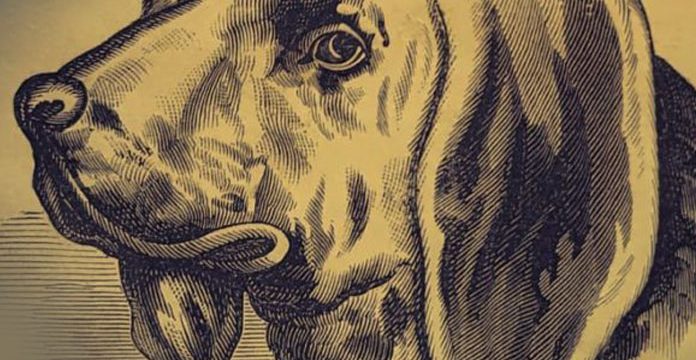If you can spot all the hidden faces in this optical illusion in under 10 seconds, you just might be part of the top 1% of people with incredible attention to detail. The “Tree of Faces” is more than just a picture—it’s a brain teaser that’s been around for over a century, challenging how we see and interpret the world.

At first glance, it looks like a regular sketch of a tree with twisted branches and thick leaves. But if you take a closer look, you’ll notice something odd. Hidden within the leaves and branches are the cleverly disguised faces of historical figures, seamlessly blended into the artwork. This visual illusion isn’t a recent internet trend; it actually dates back to the 19th century when similar puzzles were used in books and magazines to entertain and challenge readers.
The goal is simple but not easy: find all the faces before your time runs out. The current challenge going viral online dares you to look at the image for just 10 seconds and count how many faces you can identify. If you manage to find them all in that short window, you’ve got an exceptional eye for detail. According to researchers who study visual perception, only a small portion of people can spot every face right away. Most folks see a few, maybe half, and then need extra time or hints to catch the rest. So what makes this illusion so hard? The answer lies in how your brain processes images. Most of us are wired to recognize overall shapes and familiar forms quickly, but our brains tend to process the whole picture before zeroing in on the parts.
This is why we often miss hidden details unless we’re really focused. In the Tree of Faces, the artist uses shadows, shapes, and natural textures to make the faces look like they’re part of the tree itself. This kind of visual blending confuses our perception, and our minds jump to the conclusion that we’re just looking at a tree—so anything that doesn’t fit that expectation gets ignored. It’s a survival instinct, helping us react quickly to things we recognize, but in this case, it works against us. The illusion also plays on something called inattentional blindness. That’s when you’re so focused on one area or feature that you completely overlook others. You might be staring directly at a face without realizing it because your attention is locked somewhere else.
Over time, artists and creators have made different versions of the Tree of Faces, with the original said to contain portraits of ten or eleven people. Among the most frequently named are Margaret Thatcher, former British Prime Minister; Mikhail Gorbachev, the last leader of the Soviet Union; and several prominent Indian political figures. There’s still debate about the exact identities, which only adds to the mystery and keeps people talking. What’s really interesting about illusions like this is how they reveal the way our brains work. When visual information is incomplete or misleading, our brains try to “fill in the blanks” based on what we expect to see. We rely on contrast, color, and pattern recognition to make sense of the world, and sometimes that leads us to overlook what’s right in front of us. Want to improve your ability to spot hidden objects? Try scanning images slowly and section by section instead of looking at everything at once. Shift your focus between the foreground and background, and look for patterns that seem unnatural—faces often have curves and symmetry that trees don’t. You can also try adjusting your screen’s brightness or angle to help reveal hidden shapes. With practice, your brain can get better at picking out these subtle cues, which can be useful not just for puzzles but also for real-world tasks like reading maps or analyzing data. So why do these illusions keep grabbing our attention after all these years? Because they tap into something deeply human: our curiosity and our love of solving problems. They challenge us to think differently and prove that even the most obvious scenes can hide something extraordinary. They also remind us how unique our minds really are—two people can look at the same image and see completely different things. Even with all the fancy technology and digital entertainment we have today, classic visual illusions like this one continue to go viral because they speak to something timeless. So, did you manage to find all the hidden faces in under 10 seconds? If you did, you’re probably in that elite group with razor-sharp vision and fast mental processing. If not, don’t stress—your brain is just doing what it was built to do. The more you practice spotting hidden details, the better you’ll get. And remember, the answer is usually right in front of you—you just have to train your eyes to see it.





